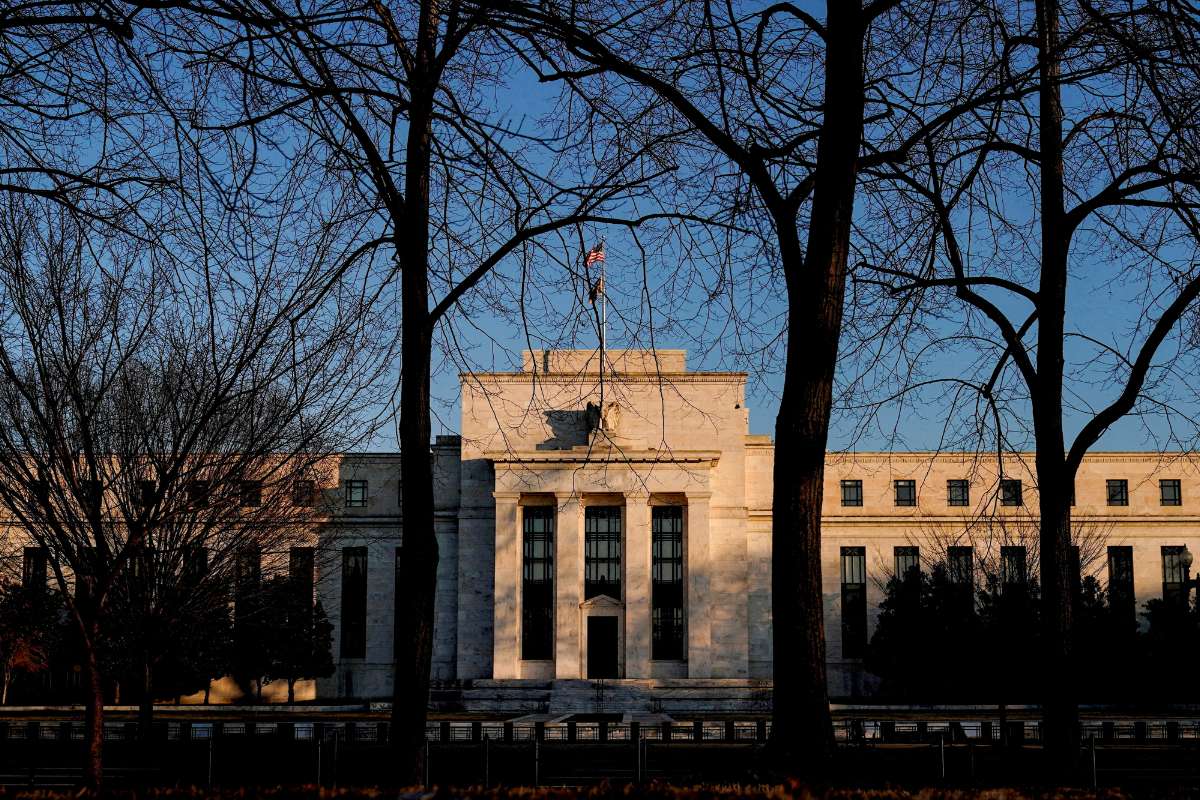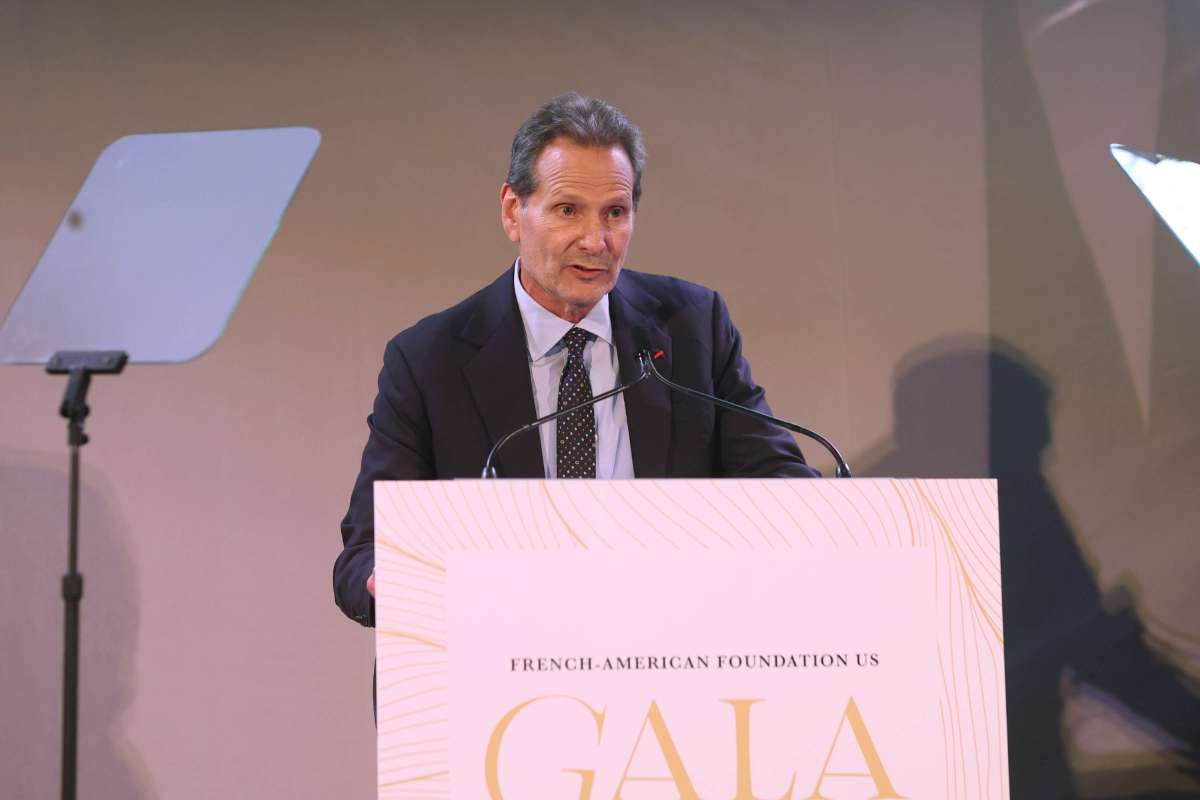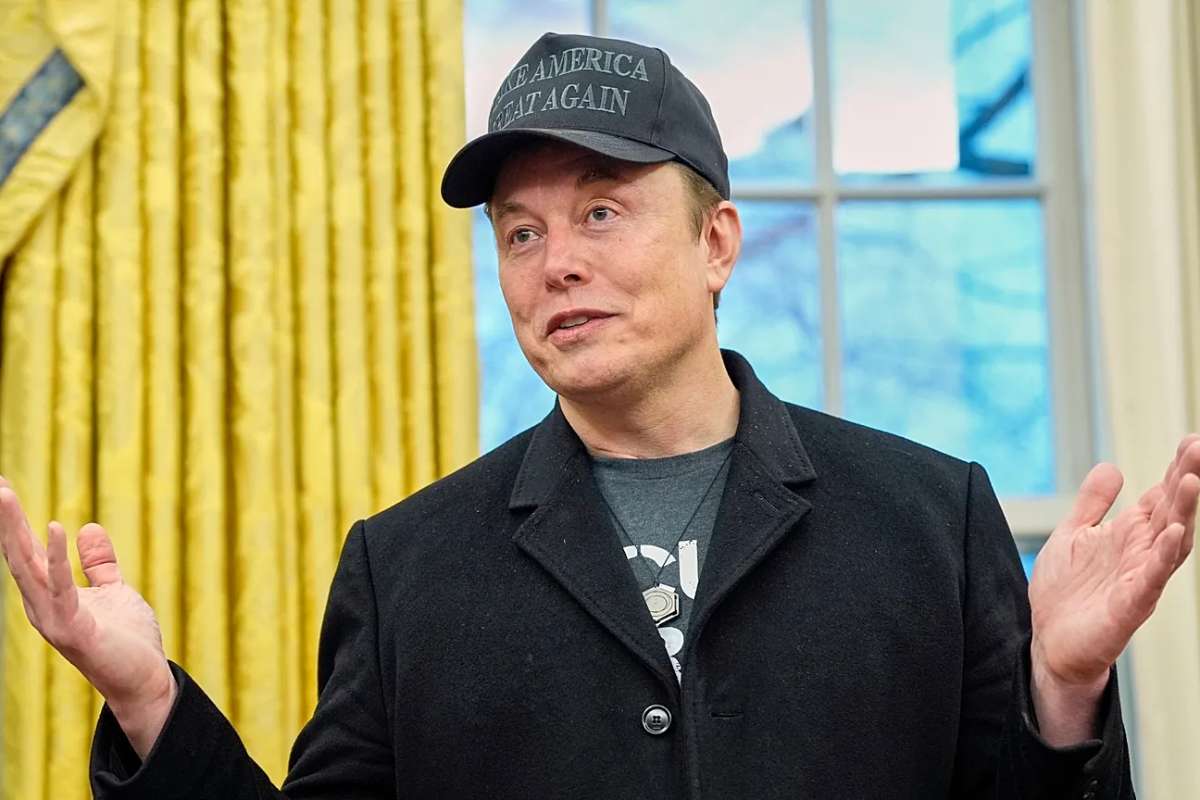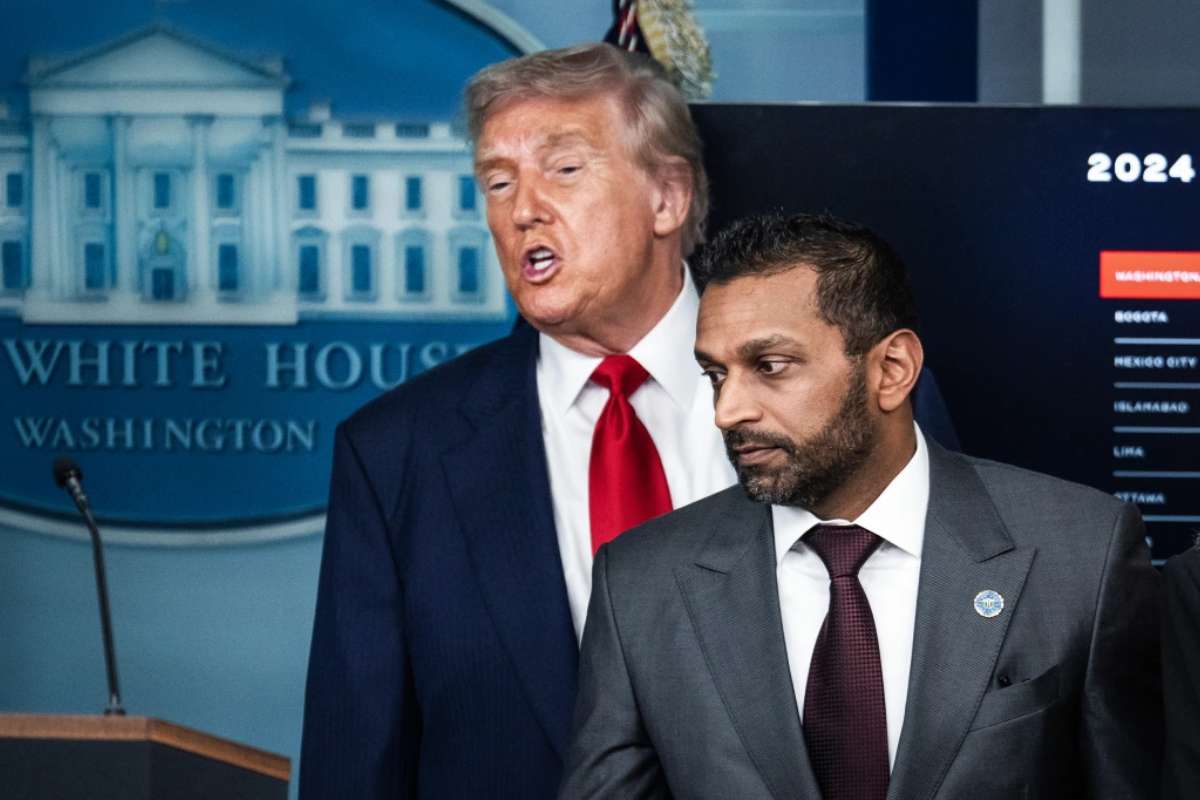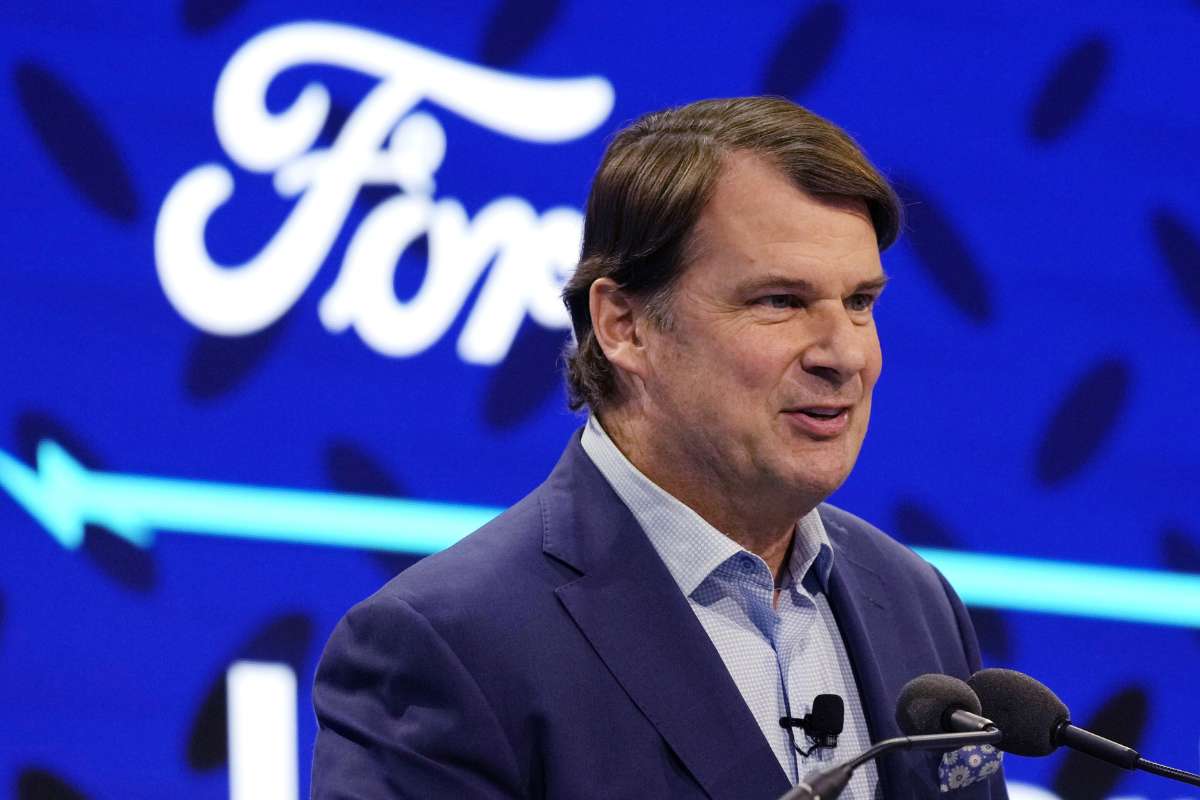Key Points:
- The White House is pressuring Fed Chair Jerome Powell to aggressively cut interest rates, sparking a clash over economic strategy and institutional independence.
- The Federal Reserve’s $2.5 billion headquarters renovation has triggered political backlash, with accusations of fiscal mismanagement and legal challenges escalating tensions.
- Project 2025 and its conservative agenda raise questions about future Fed reforms, as debates intensify over the central bank’s role, mandate, and leadership.
Reports reveal intensifying political pressure on Federal Reserve Chair Jerome Powell as a major Fed policy meeting approaches. The administration has demanded dramatically lower interest rates, citing economic strength and global trends. This shift comes amid renewed scrutiny of the Fed’s $2.5 billion renovation of its headquarters in Washington, highlighting tensions over cost overruns and institutional independence.
Trump’s Visit and the Renovation Controversy
Former President Donald Trump toured the renovated Fed buildings, claiming the total cost had risen to $3.1 billion. Powell countered that the project’s budget remains capped at $2.5 billion. The renovation has become a political flashpoint, with critics calling it a symbol of fiscal waste while the Fed defends it as necessary for security, code compliance, and historical preservation. My reporting shows that renovations began in mid‑2022, are expected to be completed by 2027, and involve asbestos removal, enhanced blast‑resistant windows, and seismic upgrades to century‑old structures.
Allegations of Financial Mismanagement by OMB Chief
Russell Vought, confirmed as director of the Office of Management and Budget in February 2025, has accused the Fed of fiscal mismanagement in connection with the renovation expenses. He asserts that the costs are excessive relative to the values of the buildings and that the project may violate legal standards. Powell has responded by stressing transparency and adherence to all required review processes.
OMB Director Frames Powell’s Term as Tardy
During a televised interview on July 27, Russell Vought conveyed that the President is seeking a Fed chair who acts more swiftly in response to market developments. He stated that Powell was too slow to raise rates under the previous administration and late to ease them in the current cycle. Vought emphasized that inflation is primarily a monetary phenomenon and criticized Powell’s framing of it as transitory. In Vought’s view, Powell failed to tackle inflation promptly.
Russell Vought also labeled the renovation project as an example of fiscal mismanagement, highlighting taxpayer exposure and lack of oversight.
Ambiguity over Project 2025 and Fed Overhaul
When asked about revisions to the Federal Reserve outlined in Project 2025, Russell Vought said he was unfamiliar with the exact details of that chapter. He clarified that the administration is solely implementing the President’s agenda, which currently focuses on rate cuts and fiscal accountability rather than structural reform of the Fed.
Analysts note that Project 2025, penned by a conservative think tank, includes proposals to limit the Fed’s mandate to money stability only. It also endorses the abolition of certain independent agencies and the fundamental restructuring of federal governance.
Confirmation Battle and Ideological Roots
Russell Vought was confirmed by the Senate in a 53–47 party-line vote in February 2025. Critics have described him as the architect of Project 2025’s far-right agenda, citing his support for dismantling social programs, weakening civil service protections, and reshaping executive branch authority. His leadership of the OMB has positioned him to drive sweeping budgetary and administrative changes.
Some legal experts and Democratic lawmakers have warned that the rescissions measures now being advanced through the OMB—reclaiming billions in previously allocated funding—may challenge the constitutional power of Congress over federal spending.
Potential Legal and Institutional Fallout
Representative Anna Paulina Luna has escalated the conflict by filing a DOJ criminal referral accusing Powell of perjury over statements made during congressional testimony on the renovation. She questions whether the Fed misled both Congress and the executive branch about the cost and scope of the renovations.
Legal scholars emphasize that Federal Reserve chairs can only be removed for cause, which would be a high bar to meet. Meanwhile, calls for increased oversight are growing on Capitol Hill, and some Republicans have framed the issue as a central justification for future legislative action.
What Lies Ahead
Powell’s term expires in May 2026. The administration has made clear that it expects lower rates ahead, citing global central bank trends and positive U.S. economic indicators. Markets anticipate a possible easing of rates after the Fed’s September policy meeting, though near‑term changes appear unlikely.
The renovation itself continues through 2027, as Fed officials affirm strict adherence to historic standards and heightened security protocols. Critics remain skeptical, suggesting the project reflects broader institutional opacity.
As tensions escalate between the White House and the Fed, the outcome of these disputes will likely shape U.S. monetary policy and institutional governance well into the coming years.
Visit Visionary CIOs for the most recent information.

